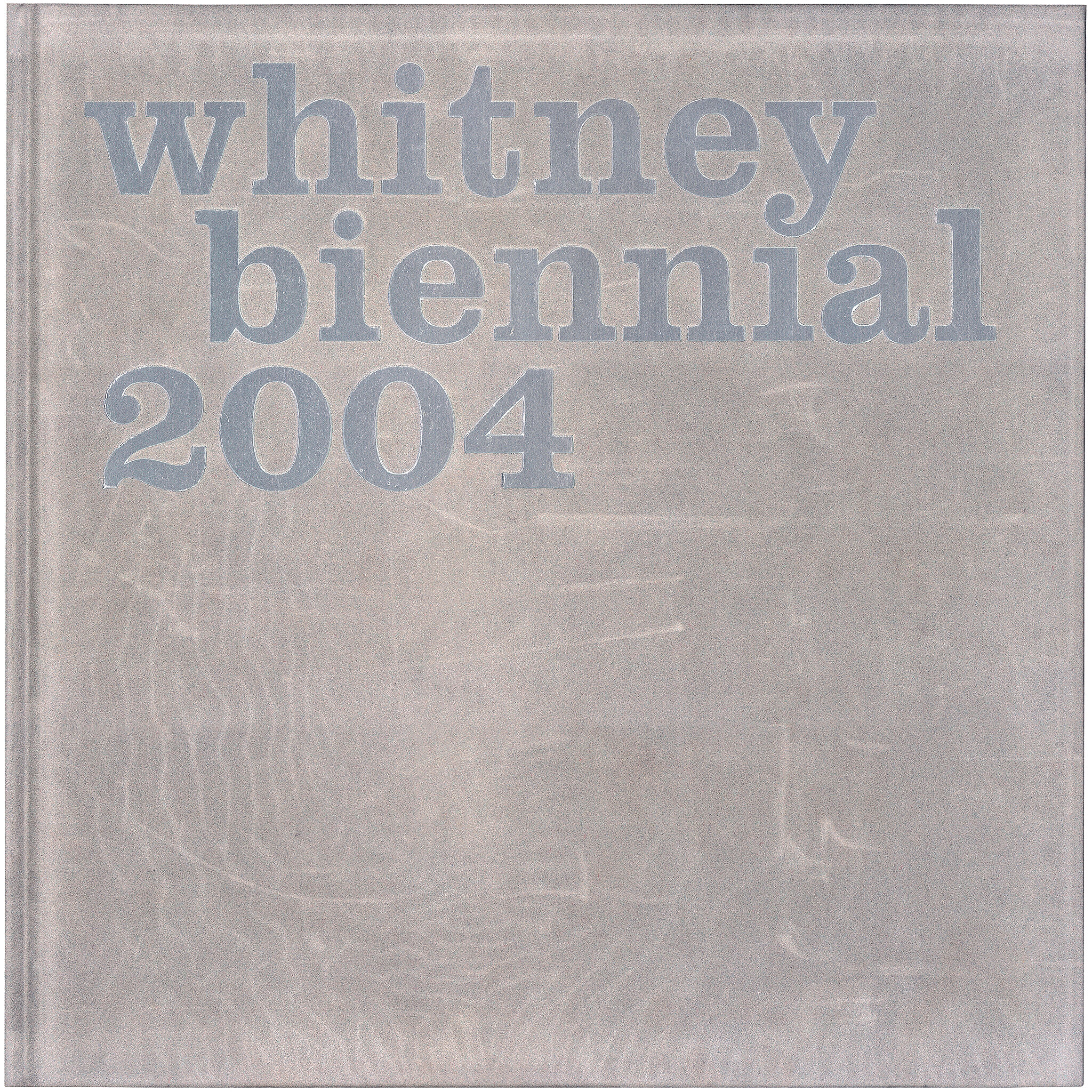Cecily Brown
1969–
Introduction
Cecily Brown (born 1969) is a British painter. Her style displays the influence of a variety of contemporary painters, from Willem de Kooning, Francis Bacon and Joan Mitchell, to Old Masters like Rubens, Poussin and Goya. Brown lives and works in New York.
Wikidata identifier
Q458521
Information from Wikipedia, made available under the Creative Commons Attribution-ShareAlike License . Accessed November 26, 2025.
Country of birth
United Kingdom
Roles
Artist, graphic artist, painter
ULAN identifier
500122420
Names
Cecily Brown
Information from the Getty Research Institute's Union List of Artist Names ® (ULAN), made available under the ODC Attribution License. Accessed November 26, 2025.

